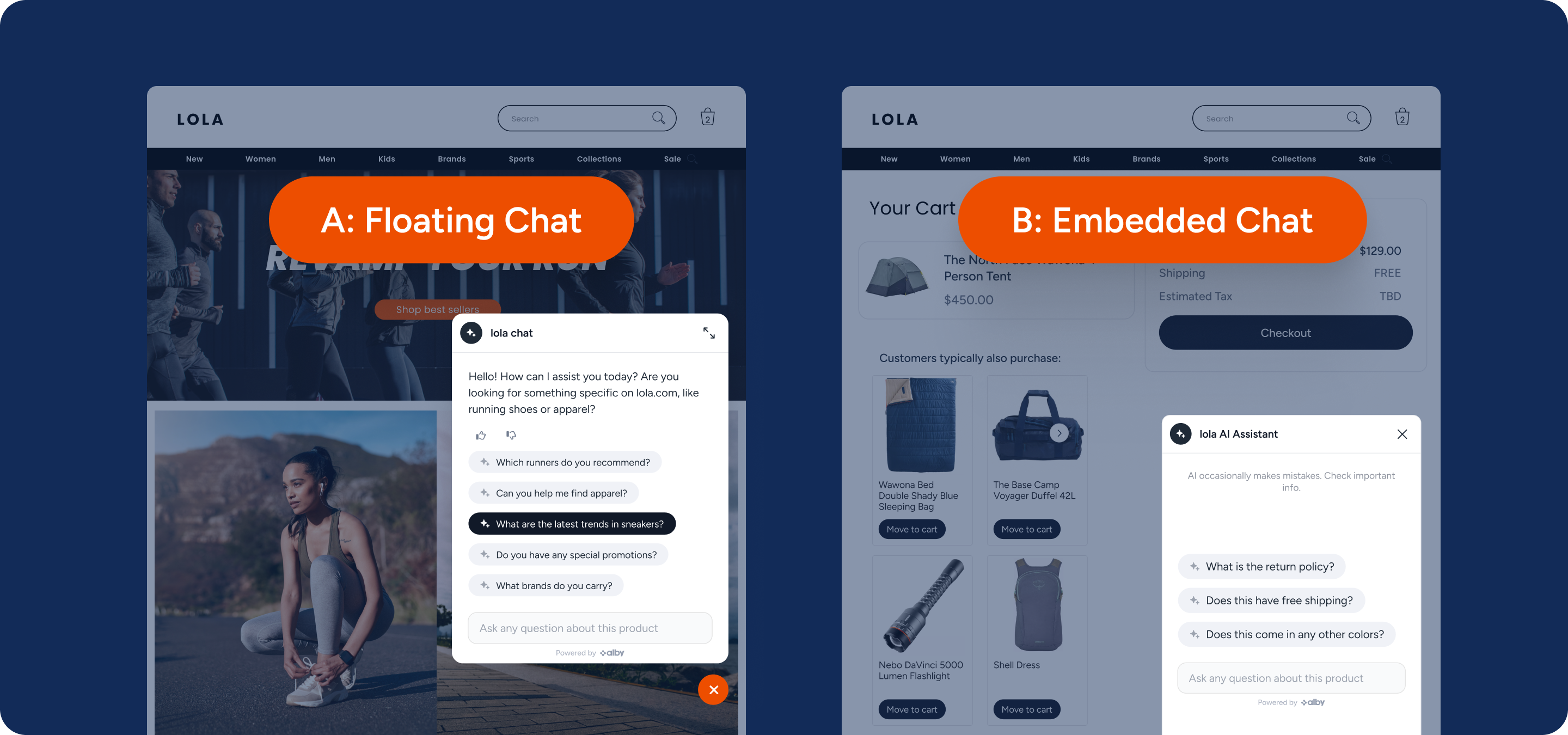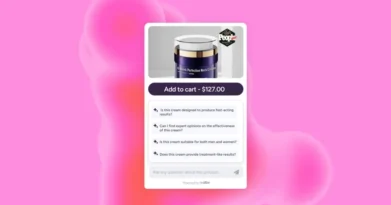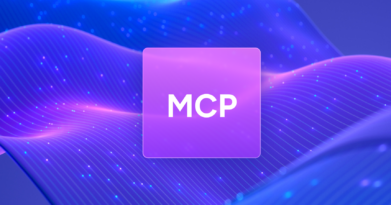CRO Best Practices for AI Shopping Agents

There’s a moment after launch, once your AI shopping agent is live, running, engaging real customers, where excitement gives way to the question: is this working as well as it could?
The truth is, most teams stop too early. They treat launch as the finish line when it’s really the starting block. AI agents like alby introduce a new surface for interaction: one that is dynamic, personalized, and still unfamiliar to many users. Optimizing how that surface performs requires the same mindset you’d bring to any high-leverage part of your site—disciplined experimentation, a clear measurement framework, and a willingness to evolve the experience based on what the data shows.
If you’re looking to improve conversion rate, satisfaction, and customer engagement with your AI shopping agent, here’s a practical approach rooted in CRO fundamentals.
Step 1: Investigation: Make Sure Your Agent Is Properly Set Up
Before you optimize, make sure the foundations are strong. With alby, that means confirming both technical configuration and knowledge completeness.
Confirm the basics:
Make sure alby is connected to your Shopify store, syncing the latest product catalog and metadata without errors. A clean integration ensures the agent is referencing accurate, up-to-date product information.
Expand the knowledge base:
alby learns from your products automatically, but you’ll improve performance by uploading brand-specific sources, such as:
- FAQs, return policies, and shipping details
- Sizing guides and fit notes
- Customer reviews via integrations like Yotpo or Okendo
- Conversational rules, tone-of-voice guidance, and do/don’t scenarios
These inputs shape how the agent answers questions, recommends products, and represents your brand in conversation.
If you haven’t completed this step, this guide breaks it down in under 30 minutes.
Step 2: Research: Clarify the Goals You’re Optimizing Toward
A CRO strategy without defined goals is like A/B testing in the dark. What exactly should your AI agent be doing for the business?
Start with your primary objectives:
- Increase conversion rate on key landing or product pages
- Proactively surface the right product to each shopper
- Reduce return rates by improving fit and confidence
- Improve customer satisfaction through better support and faster answers
Then, identify the metrics that matter:
- Assisted conversion rate: How many purchases were influenced by the agent?
- Agent engagement rate: What percent of visitors engage with the agent?
- Return rate: Are returns lower for customers who used the agent?
- CSAT: How satisfied are customers with the conversation itself?
Tracking these metrics over time gives you a clear picture of whether your experiments are working—and where to dig deeper.
Step 3: Optimization: Test Different Experiences and Placements
Once your foundation is in place, the fun part begins: experimentation.
Because conversational AI is still a relatively new interface for online shopping, small changes can have outsized effects. Don’t assume you know the right answer from day one. Try things. Measure impact. Repeat.
Experimentation Ideas:
The Experience:
- Move the agent higher or lower on product detail pages and track engagement changes.
- Test adding the agent to the homepage to see if it helps with early-session guidance or reduces bounce.
The Entry Point:
- Experiment with how the agent greets customers. Try direct and action-oriented: “Need help finding the right size?” Or softer and more open-ended: “Looking for something special today?”
- Explore single-button widget placements, varying messaging and prominence to identify what drives the most interactions.
For more on creative ways to deploy your agent, explore this article on alby experiences.
Use an impact-effort framework to prioritize:
- Start with high-impact, low-effort experiments: changing prompts or placements on existing pages.
Then take on higher-effort but potentially transformative changes, like rolling out the agent to new parts of the site or introducing multi-step guided flows.
Step 4: Evaluation: Review Results and Refine
Experimentation without reflection isn’t optimization—it’s guesswork. Every test you run should end with a clear review of what changed, and why.
Dig into the data:
- Look at engagement and conversion changes by placement, prompt, or audience segment.
- If return rates drop for agent-assisted sessions, explore what answers or recommendations might be driving the improvement.
- Track CSAT trends to understand how tone, timing, and clarity affect customer sentiment.
Use the insights to guide your next round:
Maybe homepage engagement is high, but conversions stay flat—try adding product recommendations directly into the first message. Maybe CSAT dips after long responses—test more concise answers.
Optimization isn’t about getting it perfect on the first try. It’s about using each test to get smarter.
Want to go deeper?
If you’re looking for broader CRO ideas to apply beyond your shopping agent, this guide from Shopify is a solid place to start.
Final Thoughts
AI agents are new, but CRO isn’t. The best teams treat their agents like any other part of the site that touches conversion: with intention, creativity, and a strong feedback loop.
Set it up right, define what success looks like, experiment with the surface, and keep learning from your data. If you do that, your agent will not only perform better—it will become a core part of how your customers shop and how your business grows.


